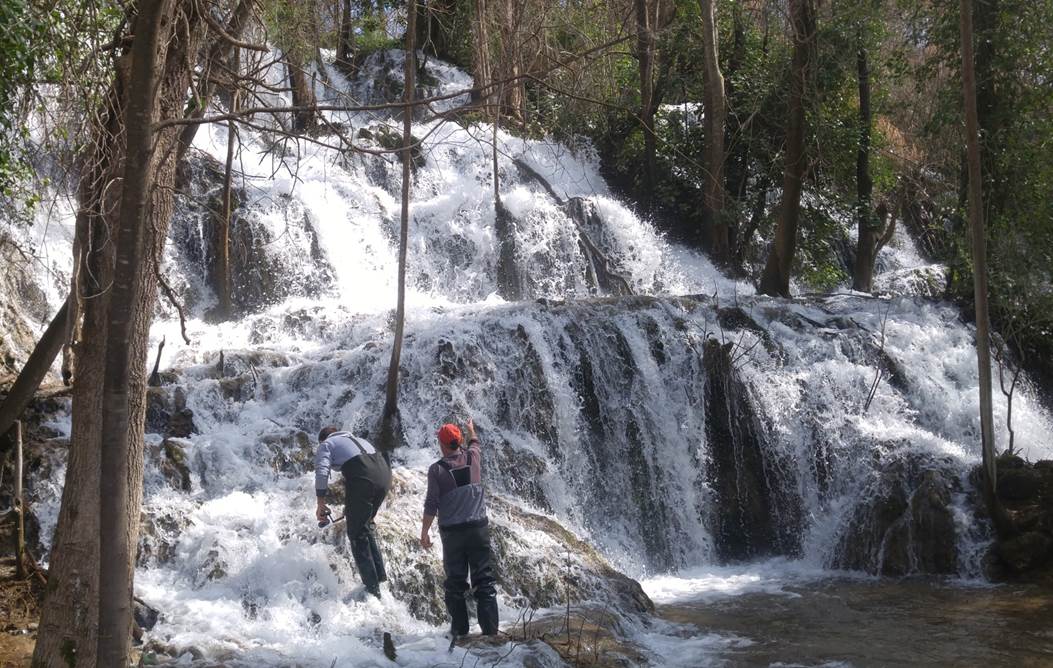Developing a new methodological approach to studying gullies
EROSION
Gully erosion is one of the most prominent denudation processes at coastal parts of the Mediterranean. Understanding of gully erosion rates is important for reconstruction of past landscape changes and prediction of its further development. Studies considering gully erosion in Croatia are scarce. We are developing concept of using repeat UAV photogrammetry derived high-resolution digital surface models (DSM) for monitoring of gully erosion rates.
The emphasis will be on developing a new methodology based on the application of precise instruments for gathering elevation data (terrestrial and aerial laser scanners and an unmanned aerial vehicle) and meteorological measuring instruments, in order to monitor and describe quantitatively the intensity of gully-forming processes over a long period of time.

Developing of a multicriteria model of sustainable management in the area of tufa barriers
TUFA DEPOSITION MONITORING
The use of TLS, airborne LiDAR, an unmanned aerial vehicle, and in particular a 3D scanner, will allow detailed monitoring of travertine growth, while the use of various meteorological measuring devices will provide insights into how it is deposited. In addition, the influence of uncontrolled vegetation growth and anthropogenic interventions on changes to travertine deposits in the research area will be confirmed. By modelling courses, types of vegetation and critical threat zones, the optimum conditions for revitalizing watercourses which have dried up or changed course due to anthropogenic influences and eutrophication will be defined. Finally, the models and statistical parameters obtained will serve to develop guidelines for the protection and preservation of travertine in karst watercourses.
